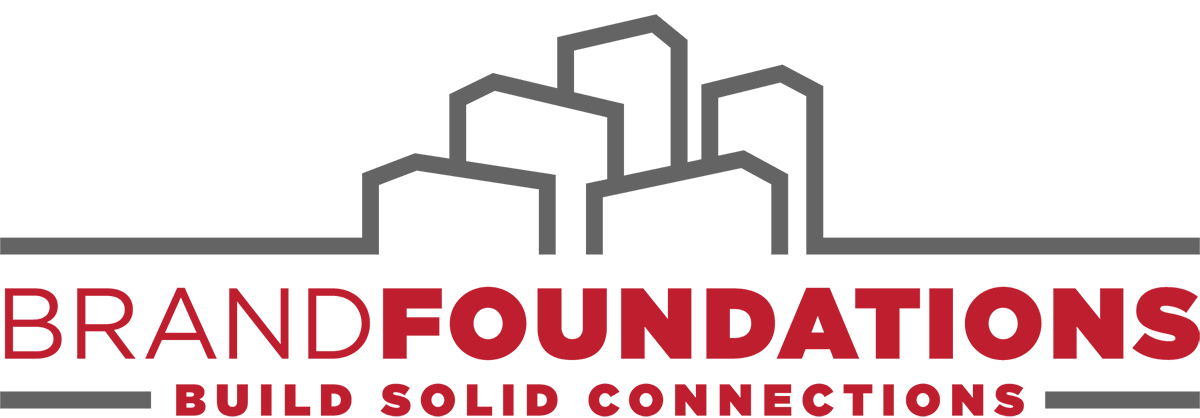Ask any CEO – or any employee – to recite their company’s Mission, Vision & Values and more often than not, you’ll get a blank stare. Few can remember these statements and virtually no one knows what the differences or definitions really mean. Google has indexed thousands of articles, blog posts and infographics on the topic, each providing a different explanation of what they are, how to create and use them, and examples of companies who do it properly… and those who don’t. But the variety and inconsistency only serves to make the framework even less accessible.
The Mission, Vision & Values approach first appeared in business school curriculums in the 1960s. It’s tired, threadbare and, some would argue, irrelevant in today’s business environment. Companies like General Electric have even attempted to skip the model entirely and create their own unique framework (GE Works).
Purpose, Way & Impact: A Three-Stage Rocket to Clarity and Growth
Rather than rehash a comparison of these old terms, we think it’s time to retire the Mission, Vision & Values framework entirely in favor of a new model we believe is more intuitive, easier to remember, and more useful to leaders and employees alike. The analogy we propose is that of a 3-stage rocket:
Stage One – Your Purpose: This is an expression of the change you want to bring about in the world and the reason your organization exists. It comes first because it’s the fundamental message that fires your people up, brings them to work for more than just a paycheck, and gives meaning to their efforts. It is often the very idea that launches a company in the first place, sustaining and guiding it through the earliest stages of growth. Grounded in change, your purpose is to correct something that drives you crazy and inspires employees and customers alike. In this model, “purpose” is the most important stage: the rocket never leaves the ground without it. It replaces the vague Mission Statement with one that is straightforward, succinct and easily understandable… even if the change you seek to bring about is daunting.
Using Southwest Airlines as an example, here is what the Purpose statement might look like:
Stage Two – Your Way: This statement is the unique approach or “way” you will bring about the change envisioned in your purpose. It’s inspired by your organization’s culture, strategy and yes – "core values". But rather than a watered down list of me too statements that essentially any company could claim (e.g., “Integrity – We won’t cheat you!” Duh...) – this statement distills down the few simple behaviors and ideas at the heart of your operations and decision-making. This comes second because it provides the guidance your company needs to propel it across various chasms and stages of growth. Just like the second stage of a rocket, it gets you into orbit.
Using Southwest Airlines as an example again, here is how your Way statement might look:
Stage Three – Your Impact: This final stage is an expression of the ultimate effect or impact your business will have on the lives of others and what the world will look like when you've accomplished your purpose. While laying out a “vision” of sorts, it should NOT be internally focused like most lame Vision Statements are (e.g., “To become the leading…who cares?”). Instead, it should describe what you’d see in the future – or from orbit, when the engines cut off and you look down at the world below. Like the last stage of a rocket, it’s the payload that has the payoff – or makes the impact. This statement should be a bit more aspirational than the Purpose Statement – more of a stretch – because you may never quite get there, but it will keep people motivated and sustain the organization in its later stages of growth, which is why it comes last.
And once again, a suggested Impact statement using Southwest Airlines as an example:
Prepare for Lift-Off!
We believe this Purpose-Way-Impact approach accomplishes much of what the original Mission, Vision & Values framework set out to do. But it does so in a way that’s more authentic, succinct and memorable for all involved. .. which makes it easier to live by on a day-to-day basis.
Having trouble remembering your own mission, vision and values? Wondering how to put this new model to work for your own organization? Download our Purpose-Way-Impact infographic with examples of how we think it could be applied to a few more notable brands.
Or visit www.PurposeWayImpact.com to learn about the Do-It-Yourself Workshop Kit we've developed and then give BrandFoundations a call. We’d be happy to show you how to ride this rocket to a very bright future.






